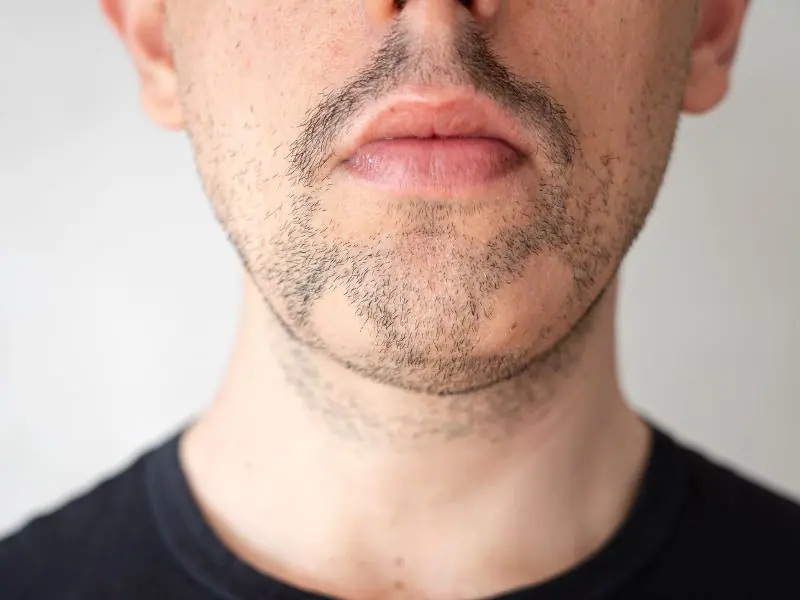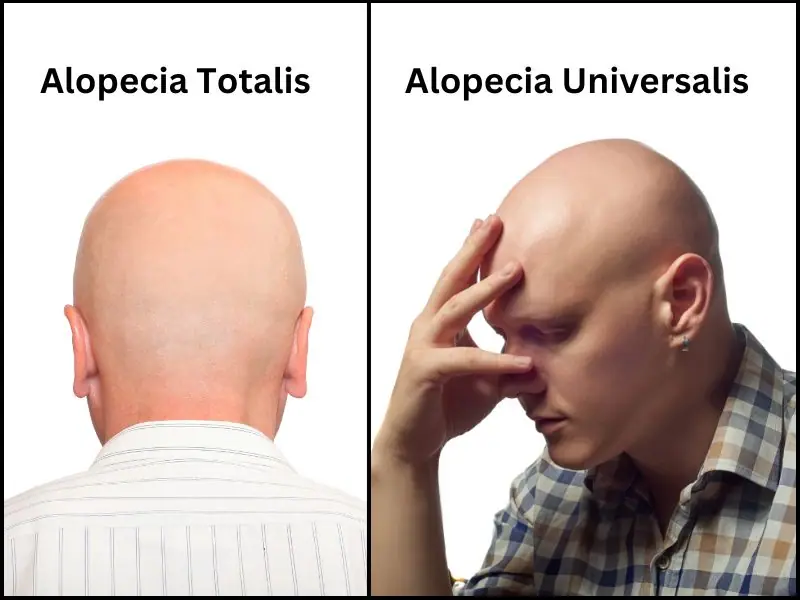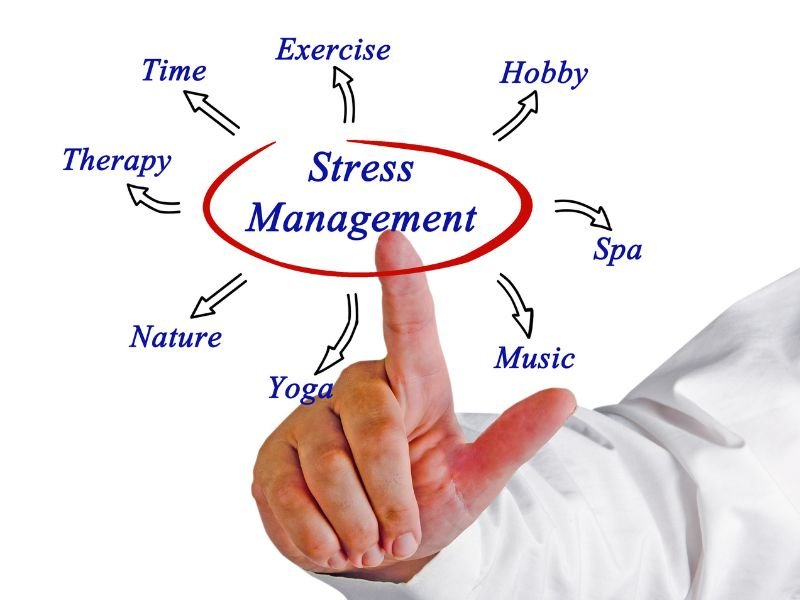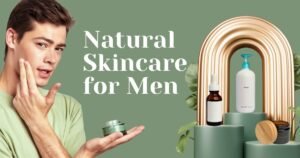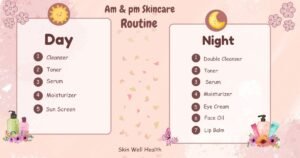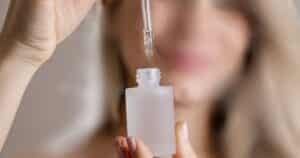In Best 4 Ways: Best Treatment for Alopecia barbae
The power to keep your beard in good shape has become a sign of style and male superiority in the world of care and personal appearance. But some men have a disease called Alopecia barbae that makes it hard for them to keep their beards full and healthy.
In this article, we will talk about its causes, the best treatment for alopecia barbae, and most importantly, how to treat bald spots in your beard that are caused by this condition.
What is Alopecia barbae?
Alopecia barbae is a type of alopecia areata that affects the area around the beard. Alopecia areata is an autoimmune disease in which the immune system attacks hair follicles mistakenly, causing hair loss in several areas of the body.
Causes
While the actual cause of alopecia barbae is still unknown, it is believed to be connected with environmental triggers, immune system disorders, and genetic factors. Its development may also be increased by stress and other medical disorders.
Also Read:
Top 9 Strong Causes of Alopecia Areata: You Need to Know
Understanding the Symptoms
- Patchy beard hair loss. Patchy facial hair loss—especially of the beard—is the main symptom. Usually round or oval, the patches are smooth. These patches typically start on the chin, cheeks or jawline. Hair can also fall from the scalp, eyebrows, or eyelashes.
- These patches can differ in size and development. They might start extremely small, like a coin. They can grow or join together to form irregular shapes. Hair loss can arise quickly, within a few days or weeks. It may develop slowly over time.
- Skin changes: The hairless areas’ skin may appear smooth and slightly shiny. There can sometimes be scaling, redness, or irritation.
- Tingling or burning sensation: Before hair loss starts, some people may feel tingling or burning in certain areas.
- Age: Men with alopecia barbae typically have symptoms between 20 and 60 years of age.
- Association with other hair-related conditions. Alopecia barbae may be associated with other alopecia areata symptoms, such as Alopecia totalis (total hair loss on the scalp) or Alopecia universalis (total hair loss on the body).
Also Read:
7 Major Types of Alopecia Areata: You Absolutely Need To Know
Diagnosis
If you think you might have alopecia barbae, your dermatologist will probably ask you about your medical history, such as any hair loss, autoimmune diseases, or recent stress.
Then they will take a look at your beard to see if it has any signs of alopecia barbae. Some of these characteristics are patches of hair loss, exclamation mark hairs (thin, curved hairs that grow near the bald spots), and vellus hairs (fine, white hairs).
To get a better look at the hair follicles, they may sometimes use a small magnifying device.
Additional tests:
- Biopsy of the scalp. A small sample of the affected skin must be taken for this procedure, and it is then examined under a microscope. It provides the task of examining potential reasons for hair loss, such as scarring or fungal infections.
- Blood tests. Blood tests may be performed to check for any diseases, such as autoimmune diseases or thyroid disorders.
Also Read:
How to Stop Alopecia areata from Spreading: You Need To Know
Best Treatment for Alopecia barbae With Best 4 Ways
Importent Note:
Consult a dermatologist: However, if you notice any strange hair loss or bald spots on your beard, you should visit a dermatologist. They are qualified and expert in providing an accurate diagnosis and suggesting the most suitable treatment options.
1. Treatments
There is no cure to treat alopecia barbae. However, several effective treatments can help control the disease and promote hair growth.
Depending on the patient’s condition and the severity of the disease, treatment results could be different. Before you start any treatment, you should talk to your doctor about it because some might cause side effects.
Here are some common treatments used for alopecia barbae:
- Corticosteroid Injections. A common way to treat alopecia barbae is with corticosteroid injections. When compared to topical treatment, these injections help stop the immune system from attacking hair follicles and speed up hair growth.
- Topical Corticosteroids. These medications that reduce inflammation can help stop the immune system from attacking hair follicles. They come in a range of different sizes and forms, such as creams, lotions, and ointments.
- Minoxidil. Minoxidil is a specialized medication that originally used to treat hair loss on the scalp. People with alopecia barbae have shown it to be effective in helping them grow their hair back. It is typically applied directly to the affected area once per day.
- Anthralin. This cream can make hair grow faster by causing a mild inflammation reaction. It is only put on for a short time to avoid irritating the skin.
- Excimer laser therapy. This specialized light therapy uses ultraviolet B (UVB) rays to reduce the activity of the immune system in the facial hair area.
- Platelet-rich plasma (PRP) therapy. In this technique, your own blood is used to make a platelet-rich combination that is then injected into the affected area to help hair grow.
- Immunosuppressant medications. In some cases, these medications can be given to weaken the immune system and stop hair loss from getting worse.
Latest Update:
New treatment for Alopecia areata 2024 – A Beacon of Hope
2. Home remedies
While there is no guaranteed home remedy for alopecia barbae, some people have experienced relief from home remedies. Here are a few options to consider:
- Onion juice
- Garlic juice
- Honey
- Aloe vera
- Castor oil
- Green tea
- Rosemary oil
- Viviscal
Also read:
Alopecia Areata | Best 12 Natural Home Remedies: You Should Be Using
Remember:
Always get diagnostic and treatment guidance from your doctor before trying any home remedies.
If nothing happens, results from home remedies might take some time to appear. Proper application and patience are important.
Keep an eye on your skin to see if it gets red or irritated.
If any negative reactions happen, stop using.
Also Read:
3 Alopecia Areata Regrowth Signs: According to Alopecian
3. Dietary changes
Biotin and zinc. These nutrients are very important for keeping hair healthy. You might eat more nutritious foods like eggs, nuts, seeds, and whole grains that are high in these nutrients, or you should talk to your doctor before taking any supplements.
Omega-3 fatty acids. It is believed that omega-3 fatty acids help reduce inflammation as well as help hair grow. You can eat fish, such as salmon or tuna, or take fish oil supplements to include these fats in your diet.
Healthy diet. Eating properly is essential for keeping your hair follicles healthy. In your meals, make sure you get enough vegetables, fruits, whole grains, and lean protein.
Also Read:
Top Best Ways for Diet When You Have Alopecia Areata
Find Your Solution: 11 Best Hair Vitamins for Alopecia areata
4. Dealing with Root Problems
Reducing stress, eating good food, and treating any early health issues can help make your beard better and stop more hair from falling out.
Also Read:
Best 9 Tips by Doctors: How to Alopecia Areata Self-Care
FAQs
Q1. Is alopecia barbae an endless condition?
Hair regrowth, although difficult, is possible with the right treatment. Some people experience regrowth naturally, while others may need medical treatment.
Q2. Can stress worsen alopecia barbae?
Yes, researchers believe that stress might both cause and worsen this condition. Managing stress through relaxing techniques can positively impact the condition.
Q3. Are there any home remedies for alopecia barbae?
While there’s no guaranteed home remedy, maintaining a healthy life, including a balanced diet and proper beard care, can support hair regrowth.
Q4. Can I hide beard bald spots with makeup?
Yes, especially formulated beard makeup or colorings can help cover up bald spots temporarily, giving a quick and attractive answer.
Q5. Can alopecia barbae be a sign of a developing health issue?
In some cases, alopecia can be linked to other autoimmune or medical conditions. It’s good to talk to a doctor or specialists to stop any possible health problems.
Ending Words
If you have alopecia barbae, do not worry about your beard. It can be very difficult. Of course, you can deal with and fix the bald spots this problem causes if you follow the right steps and get help from doctors.
By talking to a skin doctor and trying the right treatments, you can feel better with a healthy beard you take care of.
Additional Resourses:
Healthline:
Alopecia Barbae: How to Treat Bald Spots on Your Beard
Wimpole Clinic:


